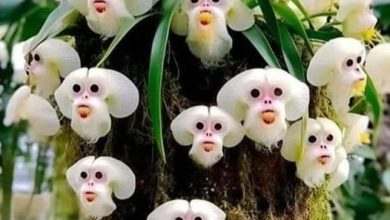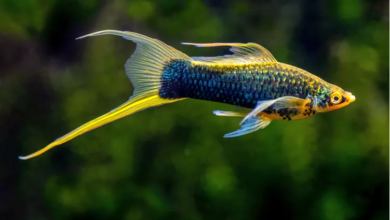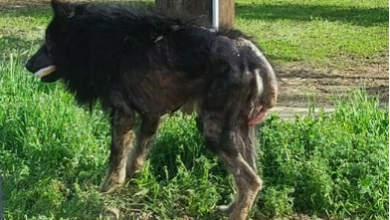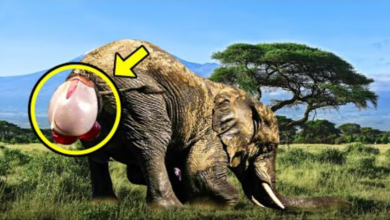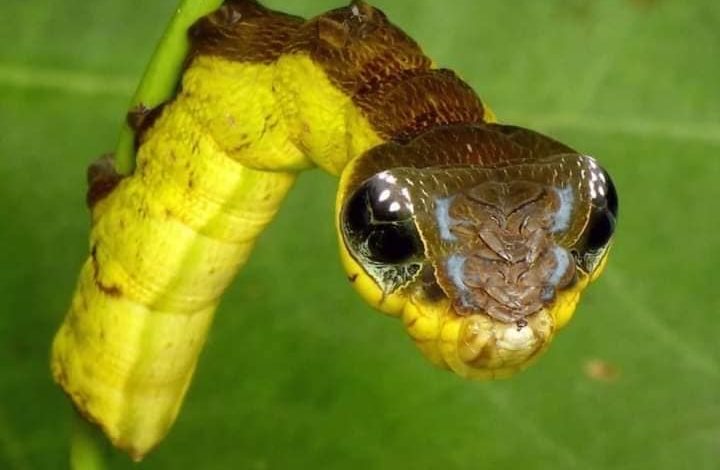
Nature is a constant spectacle of ingenious adaptations, where creatures have evolved remarkable strategies to survive. One such example is the fascinating case of the Hemeroplanes triptolemus caterpillar, a master of disguise that utilizes a clever combination of mimicry and behavioral theatrics to outsmart its predators. This article delves into the incredible world of this caterpillar, exploring its snake-like masquerade and the evolutionary arms race that has shaped this remarkable defense mechanism.
The Leafy World of Caterpillars: Where Blending In is Key

Caterpillars, the larval stage of butterflies and moths, are often soft and defenseless creatures. They spend their days munching on leaves, making them prime targets for a variety of predators, including birds, lizards, and even other insects. To counter this threat, many caterpillars have evolved cryptic coloration, blending seamlessly with their surroundings. Some resemble leaves, complete with intricate vein patterns and color variations, while others mimic twigs or even bird droppings. This remarkable camouflage strategy allows them to remain unnoticed by predators, significantly increasing their chances of survival.
Beyond Blending In: The Rise of the Snake Mimic
The Hemeroplanes triptolemus caterpillar takes camouflage a step further. While some caterpillars simply blend in with the foliage, this ingenious creature goes the extra mile, adopting the appearance of a much more fearsome predator – the snake. The body of this caterpillar is adorned with bold, eye-like spots, strategically positioned on the inflated segments behind its head. These spots bear an uncanny resemblance to the eyes of a viper, a venomous snake that most predators would avoid at all costs. This visual trickery is further enhanced by the caterpillar’s body shape. When threatened, it inflates the front segments, creating a viper-like triangular head. The deception is so convincing that even experienced predators can be fooled for a moment, giving the caterpillar a vital window of escape.
The Power of Behavioral Mimicry: The Striking Performance

The Hemeroplanes triptolemus caterpillar doesn’t just rely on visual mimicry. It complements its impressive disguise with a dramatic behavioral performance. When a predator gets too close, the caterpillar doesn’t simply freeze or try to hide. Instead, it swings its body from side to side in a rapid, jerky motion, mimicking the striking action of a snake. This unexpected display can startle the predator, causing it to hesitate or even flee. The caterpillar’s success lies in this brief moment of confusion. By appearing both visually and behaviorally like a venomous snake, it convinces the predator that attacking is not worth the risk.
The Evolutionary Arms Race: A Delicate Balance

The evolution of mimicry in the Hemeroplanes triptolemus caterpillar is a testament to the constant pressure of natural selection. Predators are not always fooled, and over time, some may learn to distinguish the harmless caterpillar from a real snake. To counter this, the effectiveness of mimicry relies on a delicate balance. If too many caterpillars are successfully mimicking snakes, predators may eventually learn to ignore the bluff. This constant push and pull between predator and prey drives the evolution of ever more sophisticated mimicry techniques.
The Wonders of Mimicry: A Window into the Intricacies of Nature

The story of the Hemeroplanes triptolemus caterpillar is just one example of the countless instances of mimicry found in the natural world. From orchid flowers that resemble female insects to viceroy butterflies that mimic the toxic monarch butterfly, the animal kingdom is filled with creatures that have mastered the art of deception. Studying these remarkable adaptations provides valuable insights into the intricate relationships between predators and prey, and the incredible power of natural selection.

Beyond the scientific intrigue, mimicry also offers a glimpse into the sheer wonder of nature. It reminds us of the ingenuity and resilience of life, constantly evolving to find new ways to thrive in a competitive environment. The next time you find yourself surrounded by nature, take a closer look. You might just discover a hidden masterpiece of adaptation, a creature that has mastered the art of disguise and continues to amaze us with its clever survival strategies.

